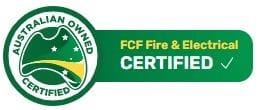As the electrical industry continues to grow with new devices and smart systems FCF are upskilling at each advancement. With FCF it is standard practice to conduct monthly study groups to ensure that the latest industry information & technology is shared across our business. Our electricians and experience is diversified, working on domestic homes, retail, commercial, industrial, farming and mining. An FCF Electrician is who you need to get the job done.
Searching for a 24/7 service? Electrical install? Wiring? Our electricians do it all.
Choosing an electrician from a long list can be difficult, why FCF?
- Professional and correct WHOS uniforms
- No surprise extras in your agreed quote
- On time
- We clean up when we leave
- Free electrical safety check - valued at $110 when we complete the work
- Place yourself at ease with an FCF electrician

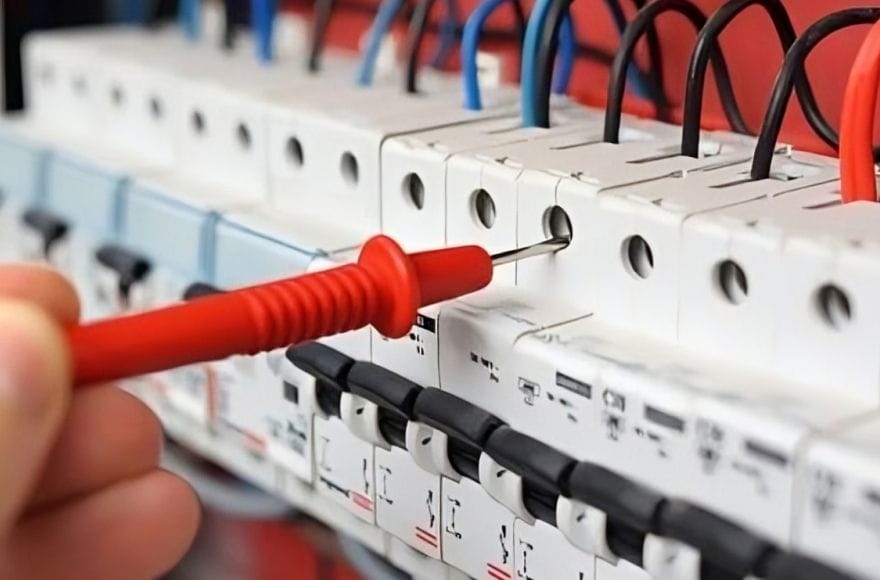
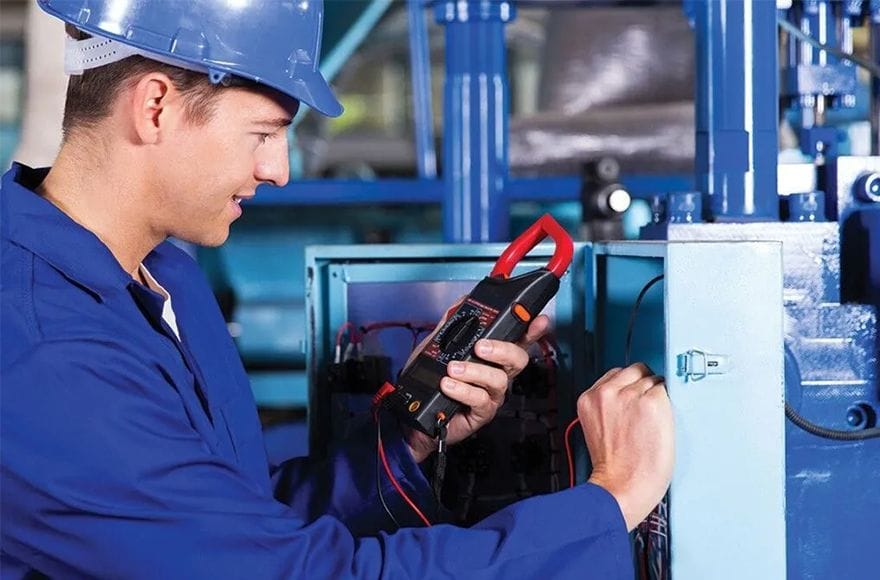
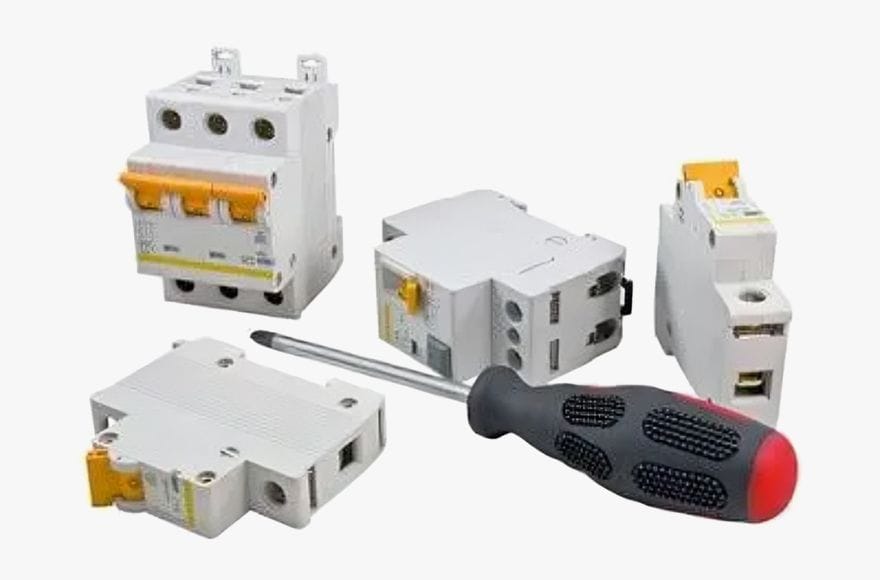
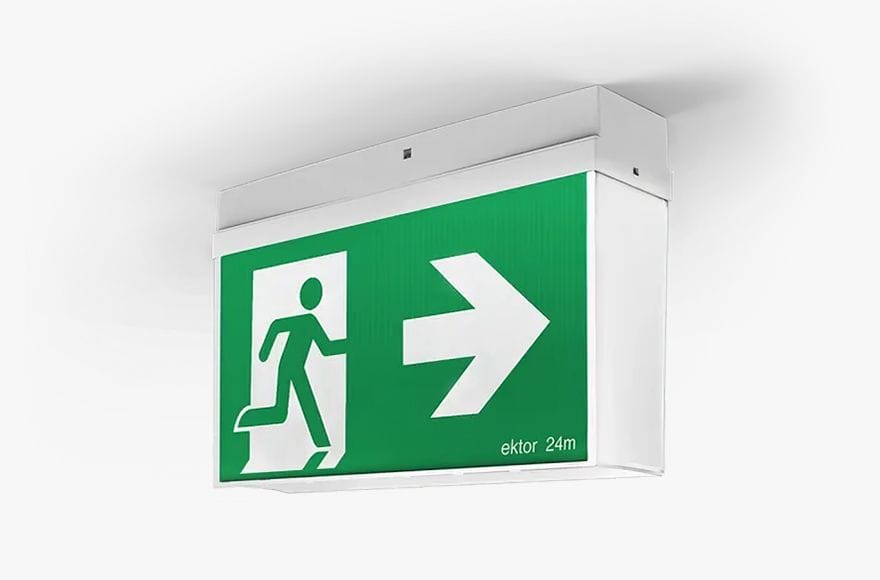
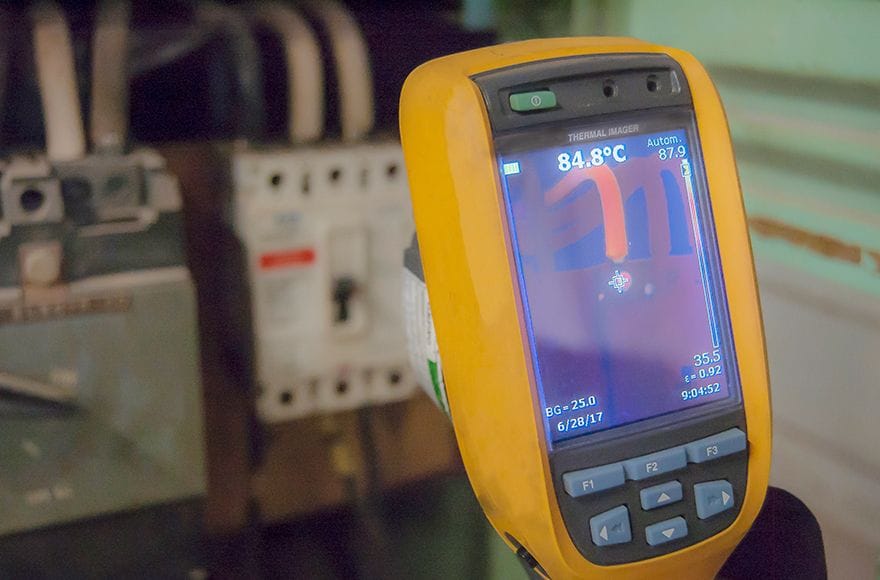
)
)
)
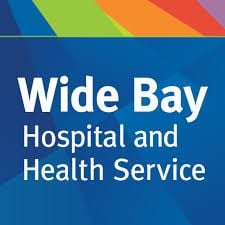)
)
)
)
)
)
)
)
)
)
)
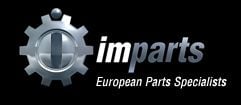)
)
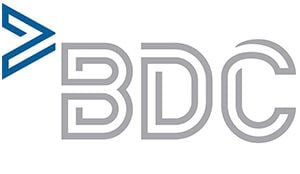)
)
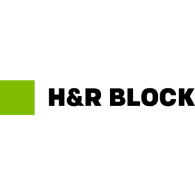)
)
)
)
)
)
)
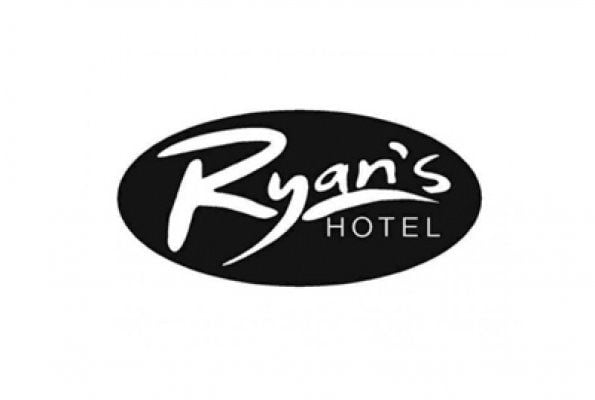)
)
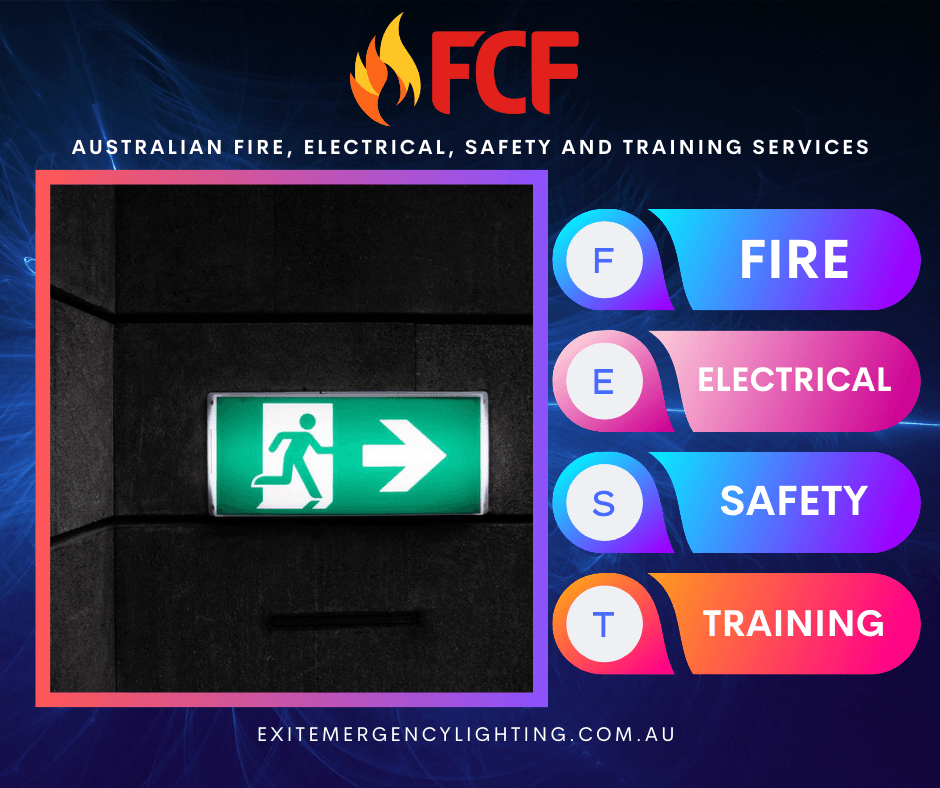)


